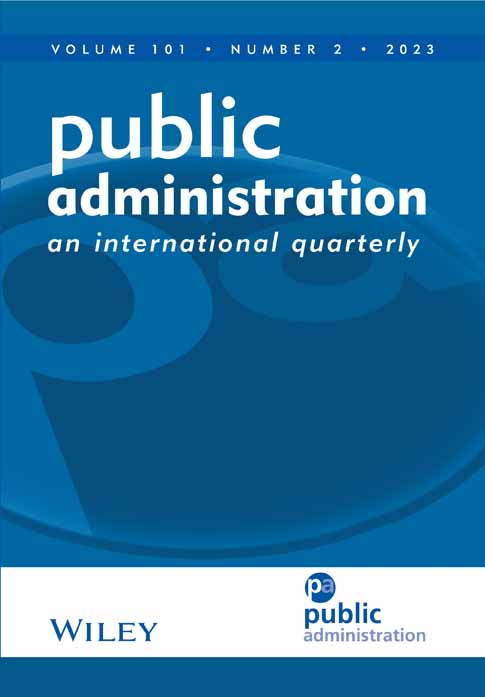How local governments prioritize multiple conflicting goals: Beyond the sole-goal perspective
Abstract
Understanding how public organizations prioritize goals is crucial in studying goal-setting in the public sector. However, the extant literature has mostly adopted a sole-goal perspective and neglected the influences of the interplay among multiple goals. This article extends the literature by going beyond the sole-goal perspective and adopting a multigoal perspective to further explore the complexities in public organizations' goal prioritization when facing multiple conflicting goals. Drawing on the theoretical perspectives of performance information use and interorganizational interactions, the main arguments of this study are twofold. First, an organization's prioritization of a particular goal will be positively associated with the performance gap in its conflicting goal. Second, organizations tend to adopt a differentiation strategy in the prioritization of multiple conflicting goals. Empirical findings based on the investigation of Chinese city-level governments' prioritization of environmental goals when confronting conflict between environmental protection and economic development goals support our arguments.
CONFLICT OF INTEREST
No potential conflict of interest was reported by the authors.
Open Research
DATA AVAILABILITY STATEMENT
The data that support the findings of this study are available from the corresponding author upon reasonable request.




